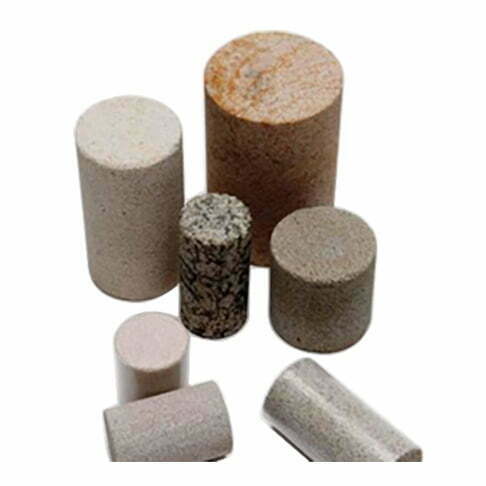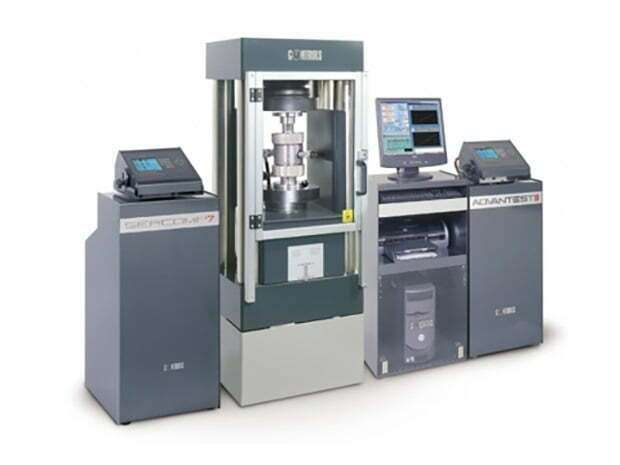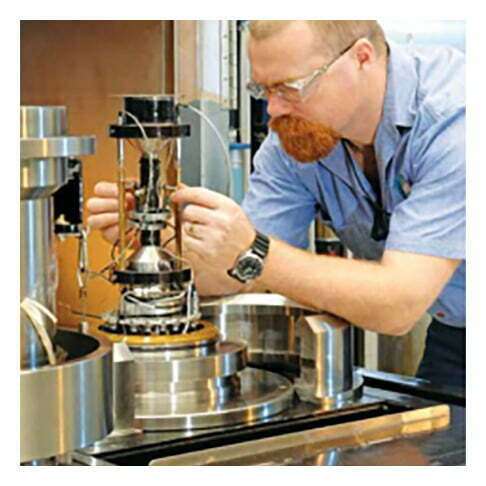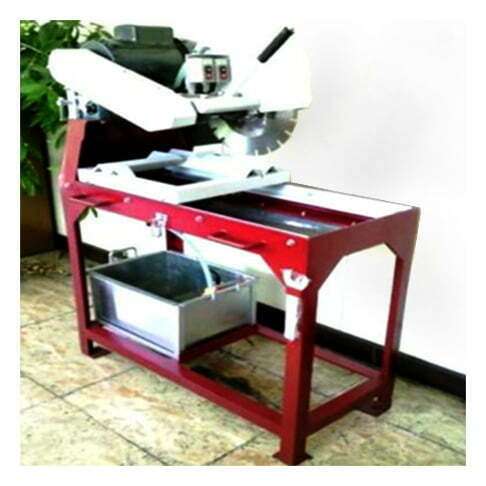Learning Objectives
After completing this topic “Core Sample Preparation“, you will be able to:
- Describe the preparation of core samples.
- Summarize the cutting and cleaning of core plugs.
- Discuss how core plugs are dried before analysis.
Introduction
The analysis of rock cores (Figure 1) plays a major role in helping geoscientists and reservoir engineers to determine a reservoir’s hydrocarbon storage capacity and theoretical production performance. To be most effective, such core testing and analysis should measure the representative reservoir rock properties, which entails minimizing any impact of the core preparation and testing equipment (Figure 2), and analysis procedures possibly causing alteration to the rock’s properties.


To ensure that the analysis of the core material genuinely reflects the actual rock properties, the core plugs and sidewall core samples need to be very carefully prepared for testing and analysis, and then examined as shown in Figure 3. Many studies worldwide have demonstrated that different lithologies can be altered in different ways during the cutting, often with a diamond saw as shown in Figure 4, cleaning and drying of core plugs, which reduces the accuracy and effectiveness of the reservoir data expensively acquired by coring.


 Petro Shine The Place for Oil and Gas Professionals.
Petro Shine The Place for Oil and Gas Professionals.



